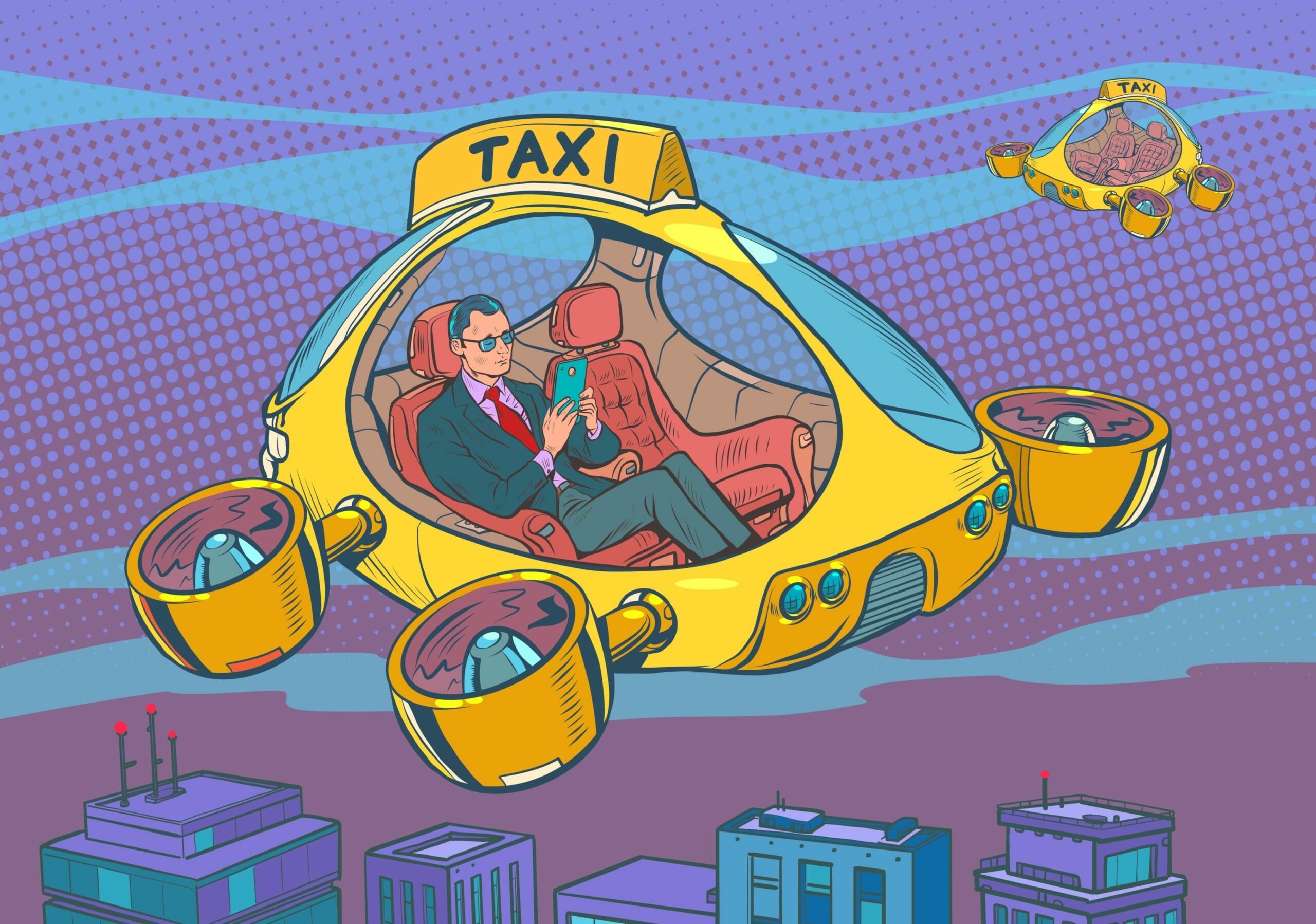Waymo is adapting its fleet to passengers with disabilities
Waymo becomes the frontman of making transportation more accessible, also to people with disabilities

Waymo, formerly the Google self-driving car project, has recently announced that it would significantly improve its existing fleet of cars by introducing a row of new features that would make their usage more convenient to passengers with visual impairments and other disabilities.
Among the new features included, it is possible to witness displaying the rider’s initials on the rooftop dome as a visual way to identify their assigned vehicle at a near-to-medium distance. This display would show the user’s customisable “Car ID,” which consists of two coloured letters – these can be edited on the Waymo app.
Furthermore, the list of the features includes turn-by-turn navigation to guide the rider on the most appropriate path to their awaiting robotaxi, this tool would use information on sidewalks, crosswalks, and other aspects of the surroundings with the purpose of offering the most convenient route to the vehicle.
These novelties come as a result of the company’s participation in the US Department of Transportation’s first-ever Inclusive Design Challenge. The competition was won by a team from Purdue University, however, the company took these lessons to the street, by incorporating them into their ride-hailing service One that’s currently operating in Arizona and California.
Another feature designed to help precisely the visually impaired is the inclusion of a speaker that would emit a uniquely melodic chime to help direct the passenger towards the car. This feature has been developed in close collaboration with advocates from the blind and low-vision community.
Kevin Malta, a product manager at Waymo in charge of the novelties, said: “There might not be a human being in the front seat, but we haven’t lost the human touch in the experience.”









